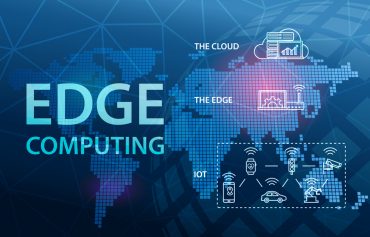
The most common types of IoT data being gathered and stored are device information, time series data, and contextual data.
Over the past year, IoT and edge development increased across all sectors, with industrial automation coming in as the top area of focus. There has been an increase in developer activity towards designing solutions for smarter buildings and cities.
That is one of the conclusions coming out of the Eclipse Foundation’s year-end review of the IoT and edge computing market, which finds the two top market segments for solution development continue to be industrial automation, cited by 33% of developers responding to Eclipse’s latest survey — up from 22% a year ago. Agricultural applications also rose, cited by 29%, up from 23% in 2022.
Developers also report an increase in activity towards working on solutions for smarter buildings and cities. Twenty-four percent of developers reported focusing on building automation, energy management and smart cities over the past 12 months. “The nexus between building automation, connected and smart cities, energy management, transportation, and public utilities cannot be ignored,” the report’s authors point out.
See also: IoT in Urban Evolution: Why Smart Street Lights Illuminate the Path to Smarter Cities
The most common types of IoT data being gathered and stored are device information (44%), time series data (36%), and contextual data (35%).
While there has been no shortage of hype around artificial intelligence, in the IoT and edge development world, control logic (40%) surpassed AI (37%) as the most common edge-computing workload, the survey also shows. At least 26% are working on data exchange capabilities.
The commercial IoT and edge market is in a high state of flux. A number of IoT middleware providers withdrew from the market in 2022, leaving the field wide open. Google Cloud IoT Platform, Bosch IoT Suite, IBM Watson IoT, and SAP Internet of Things withdrew during this time. While nearly half of respondents indicated a relationship with one or more of these providers, only 12% of them have migrated to a new provider, the Eclipse report states.
5G technologies are also accelerating the Industrial IoT space, the survey suggests. Cellular adoption within industrial settings has doubled since 2022 (44% vs 22% in 2022) largely due to 5G penetration. Other viable options for networked production systems include WiFi (38% vs 36% in 2022), Ethernet (38% vs 29% in 2022) and Bluetooth/Bluetooth Smart (23% vs 20% in 2022).
There is also widespread adoption of the Message Queuing Telemetry Transport protocol for IIoT communications. Nearly half of developers (49%) indicate that MQTT is their preferred IIoT communication protocol, with MQTT plus Sparkplug checking in at eight percent.




























